Dungeons & Dragons 5e: 5 Classes From Previous Editions That Need To Return (& 5 That Should Be Left Alone)
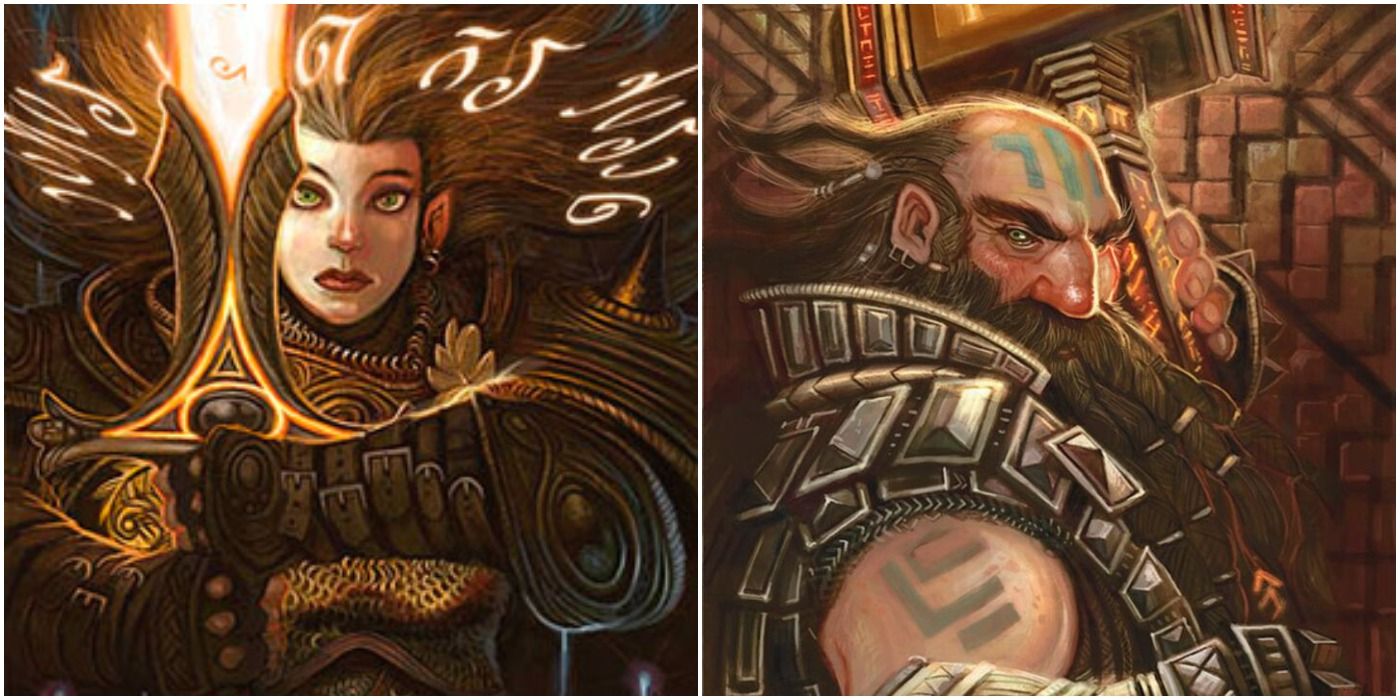
TTRPG fans who have played multiple editions of Dungeons & Dragons likely find themselves comparing D&D 5e with its older siblings. After all, Wizards of the Coast has been creating new editions of D&D since its first publishing in 1974. Players have countless adventures, modules, and even rulebooks to use & refer to when playing their sessions.
Eagle-eyed fans will likely open discussions as to which editions of D&D are better than the rest. Additionally, others who want to take a new spin to their campaigns might wonder if it's ideal to homebrew classes from previous editions into 5e. In terms of homebrew classes from previous editions of Dungeons & Dragons, just which ones deserve to be in the official sourcebooks?
10 Bring To 5e: Battle Dancer
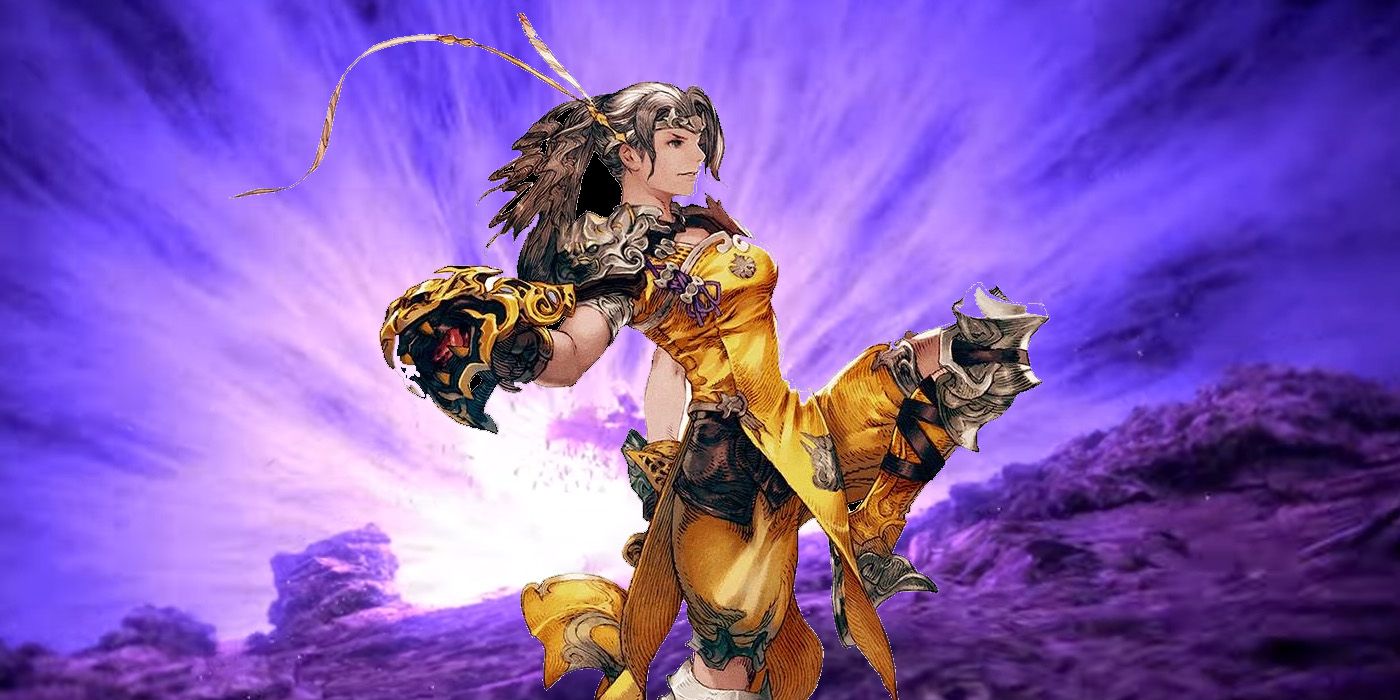
The Battle Dance from D&D 3.5e brings an interesting mix to the Monk and Bard Classes. Given their mastery of dance and deadly combat, they have proficiency with all simple weapons. Battle Dancers begin with Unarmed Strike, and they get increased speed and perks through various offensive, defensive, and supportive dances.
Despite the existence of the Monk and Bard Class in 5e, the game could see use in the Battle Dancer class. Granted, 3.5e's depiction of a Battle Dancer seems limited in terms of combat abilities, making Multiclassing a requirement to expand their capabilities. Interestingly, "dance as combat" already exists in real life in the form of popular fighting styles such as capoeira. Players interested in the Blade Dancer can find the class in Dragon Compendium.
9 Leave Alone: Crusader
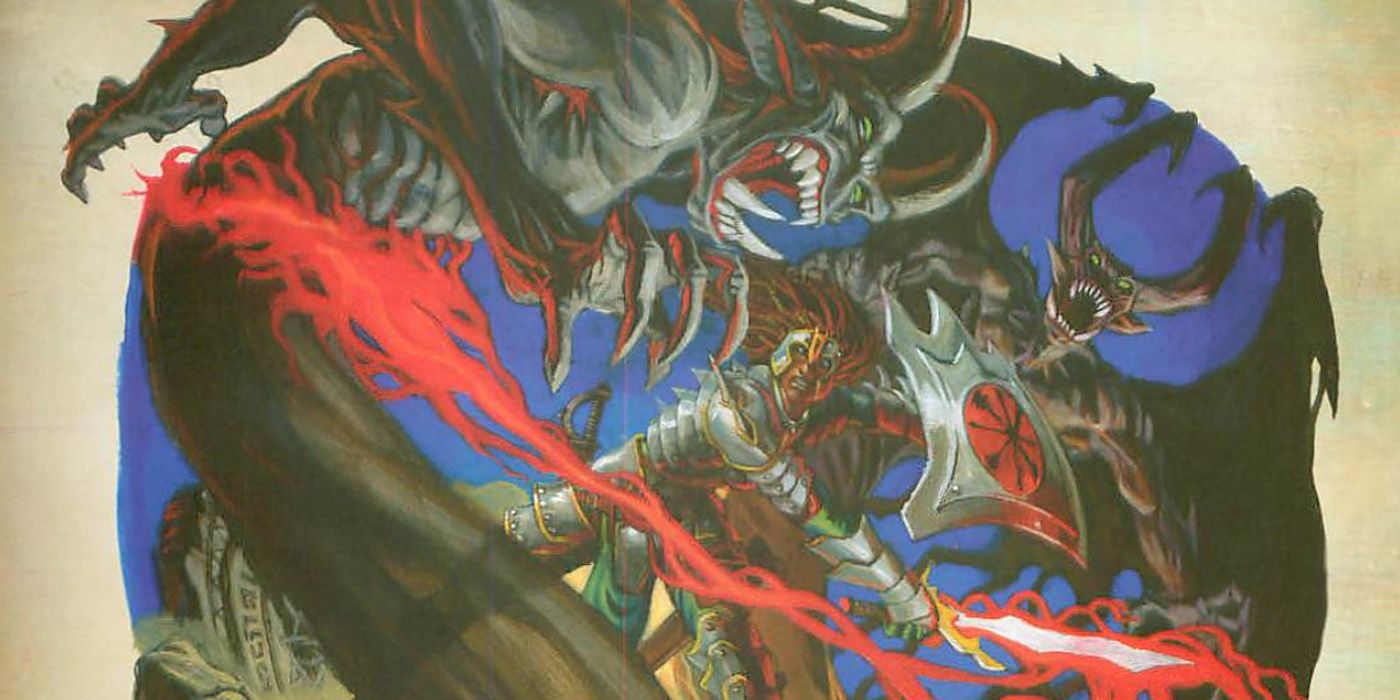
The Crusader in D&D 3.5e can be an agent of vengeance, divinity, knighthood, or whatever cause they please. Given their presence in the Fighter-oriented Tome of Battle: The Book of Nine Swords, it's evident that a large part of the Crusader's mechanics dwell in various Martial Maneuvers.
They have access to various features that take advantage of their perseverance in battle. For instance, this fighting class has a pool of "delayed damage" that allows them to ignore damage until the start of their next turn. However, their rather in-depth nature might make them too time-consuming to optimize for 5e.
8 Bring To 5e: Ardent
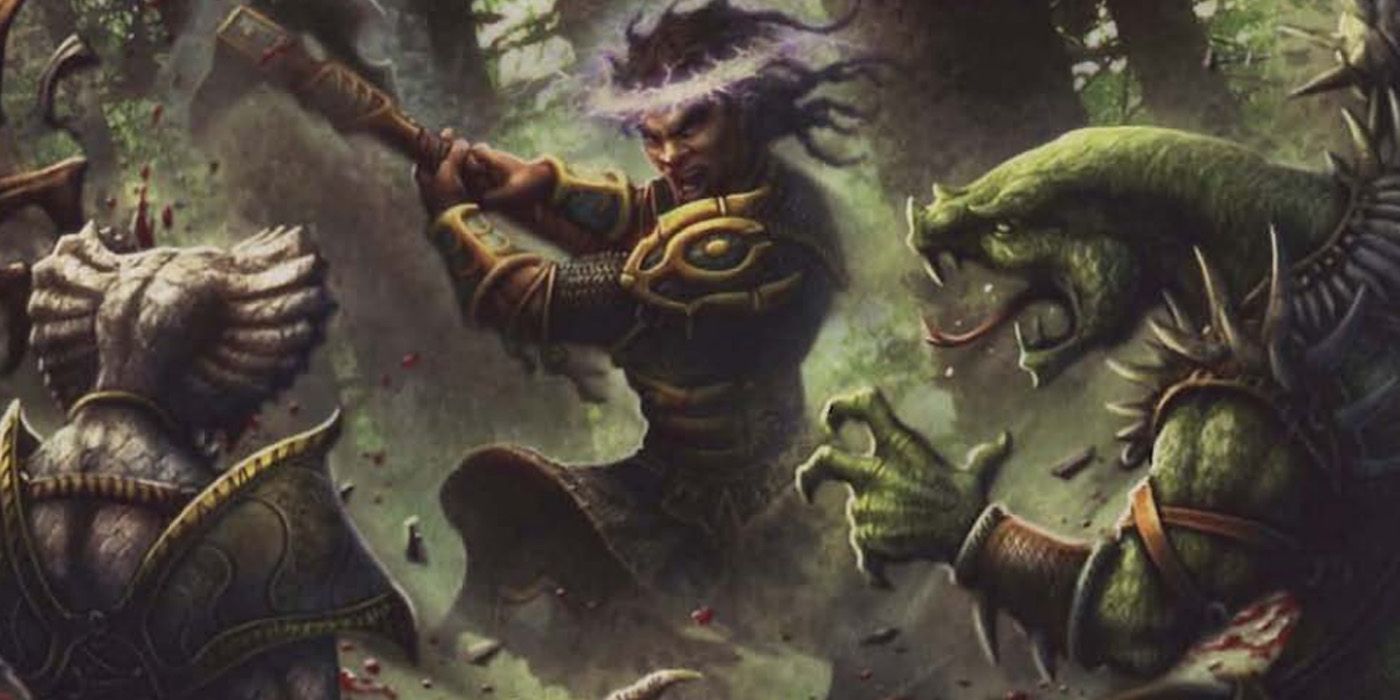
The Ardent uses their Psionic powers to inspire their companions in D&D 4e. Thanks to Player's Handbook 3, players can tap into the power of the Ardent to "string" thoughts into empowering messages that augment an ally's battle performance. Moreover, their Mantles can help their allies stay safe or stay more vigilant in battle. Due to their power source, they can tap into Psionic attacks that can confuse and debilitate opponents.
The Ardent would serve as an interesting Psionic class in D&D 5e. Their unique usage of psionic powers can come in the form of abilities only the Ardent has, completely separating them from other spellcasters.
7 Leave Alone: Swordmage
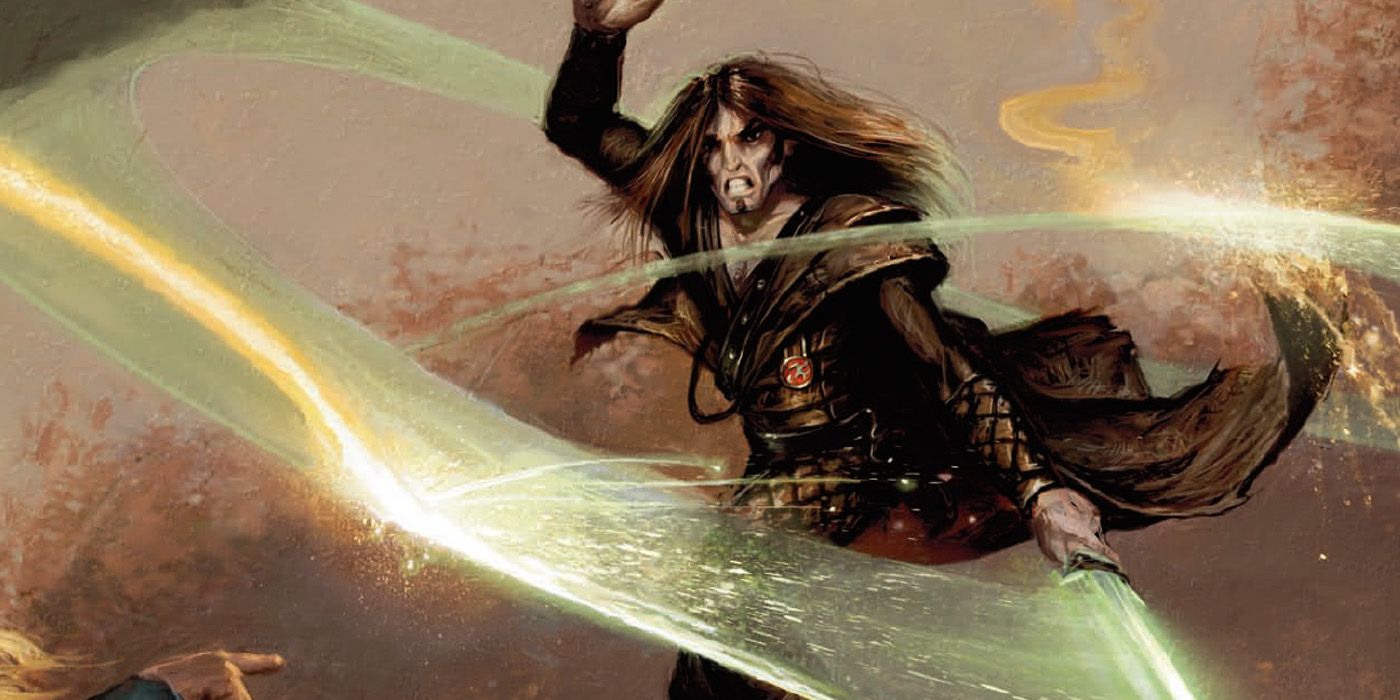
The Swordmage is a more flexible version of the Eldritch Knight in D&D 4e. Found in the Forgotten Realms Players' Guide for D&D 4e, the Swordmage taps into the Arcane to augment their sword-fighting abilities. Whereas the Eldritch Knight in 5e focuses on being a Wizard-Fighter hybrid, the Swordmage focuses more on magic-infused martial abilities.
Despite the wealth of options the Swordmage offers, they overlap with the Eldritch Knight. Having another battle-oriented spellcaster will make the Swordmage redundant in D&D 5e.
6 Bring To 5e: Savant

The Savant maximizes Skills in D&D 3.5e, with this Dragon Compendium Class offering players a means to tap into their Skill and Tool Proficiencies. Aside from their growing knowledge in lore, they have handy Trapfinding skills, Sneak Attack, and even Skill Assistance that can give invaluable benefits to the party.
Players looking for a diverse Class for their character in D&D 5e should look into a variant of the Savant. The Savant can bring a lot of interesting gameplay and roleplay options for characters, as their diverse set of Skills makes them a Jack of All Trades. Their innate Proficiency with simple and martial weapons as well as light armor keeps them from being a pushover in battle.
5 Leave Alone: Avenger
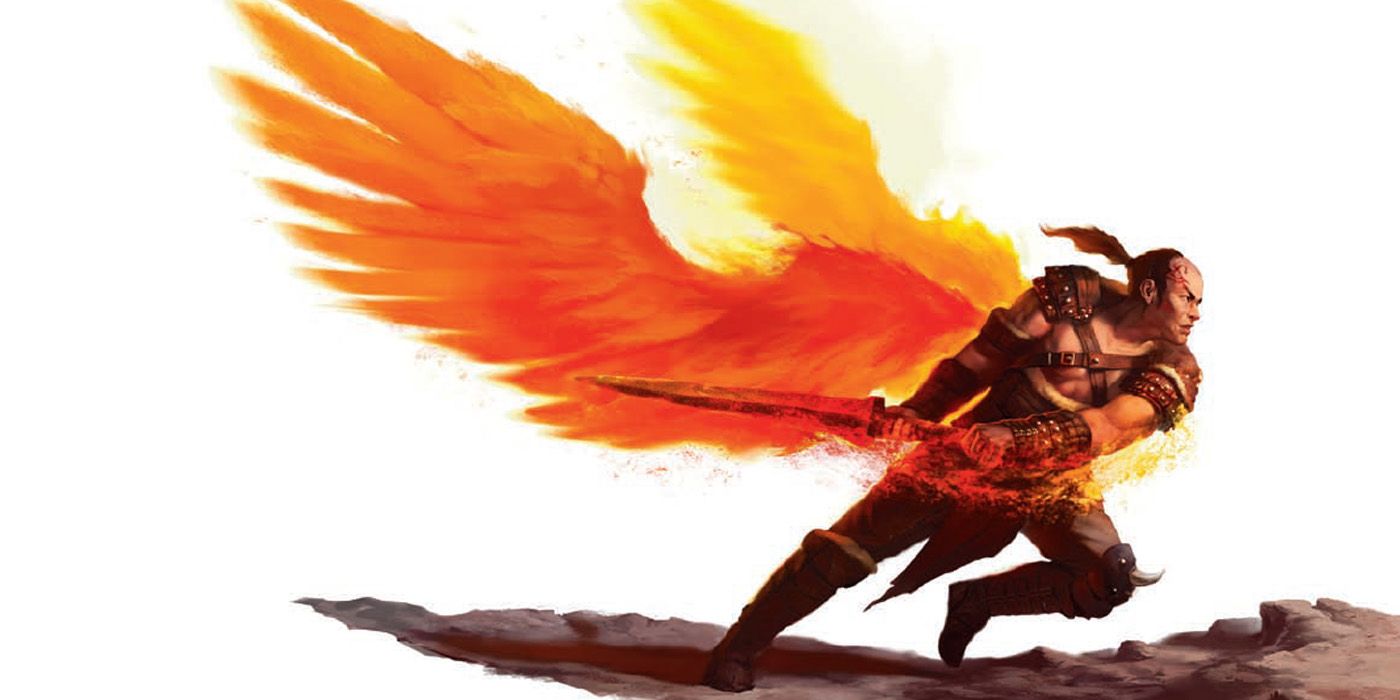
The Avenger in D&D 4e comes with Player's Handbook 2 and the class taps into the Divine as its power source. The Avenger uses the Divine to fuel its combat prowess against enemies. As such, the Avenger taps into perks such as Oath of Enmity to chase opponents and bolster its defenses.
Unfortunately, as awesome as the Avenger looks, D&D 5e's Oath of Vengeance Paladin more or less fulfills the same role as a class. Having the Avenger in this edition would be redundant, given their similarity in nature with the Paladin and its Oath.
4 Bring To 5e: Runepriest
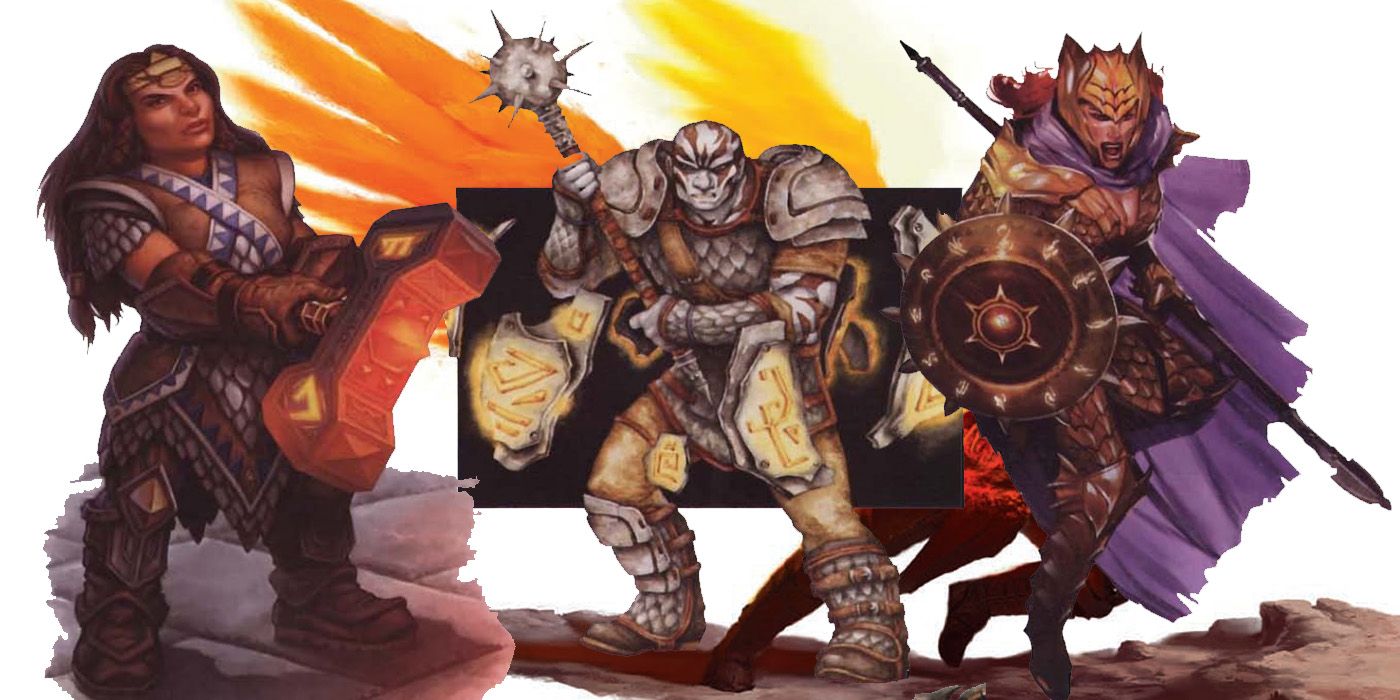
The Runepriest in D&D 4e comes with the other Divine-based classes in Players' Handbook 3. The Runepriest specializes in imbuing their equipment and bolstering their allies' items with rune magic. Whereas the tech-based Artificer augments items with Arcane magic, the Runepriest introduces Divine magic in their machinations.
In D&D 4e, the Runepriest's diversity lies not in their simpler class features but rather in their spells. Most of their spells deal with augmenting attacks or defending their allies, befitting the tank role. D&D 5e could diversify the Runepriest's skill set by allowing them to actively improve and augment items even for a limited time.
3 Leave Alone: Binder

The Binder introduces an interesting Warlock alternative for D&D 3.5e players. Located in Tome of Magic, the Binder contacts an entity known as a Vestige and makes a Pact with them, gaining their abilities. As the Binder grows stronger, they can make Pacts with more Vestiges. Unlike the Warlock, a Binder offers interesting roleplay options. After all, failing a bind has both roleplay and gameplay consequences for Binders.
Despite the interesting nature of the Binder as a Class, they may come in conflict with the already-existing Warlock Class. Bringing the Binder to D&D 5e means reconciling the differences between establishing a Pact with a Warlock Patron and Binding with a Vestige.
2 Bring To 5e: Death Master
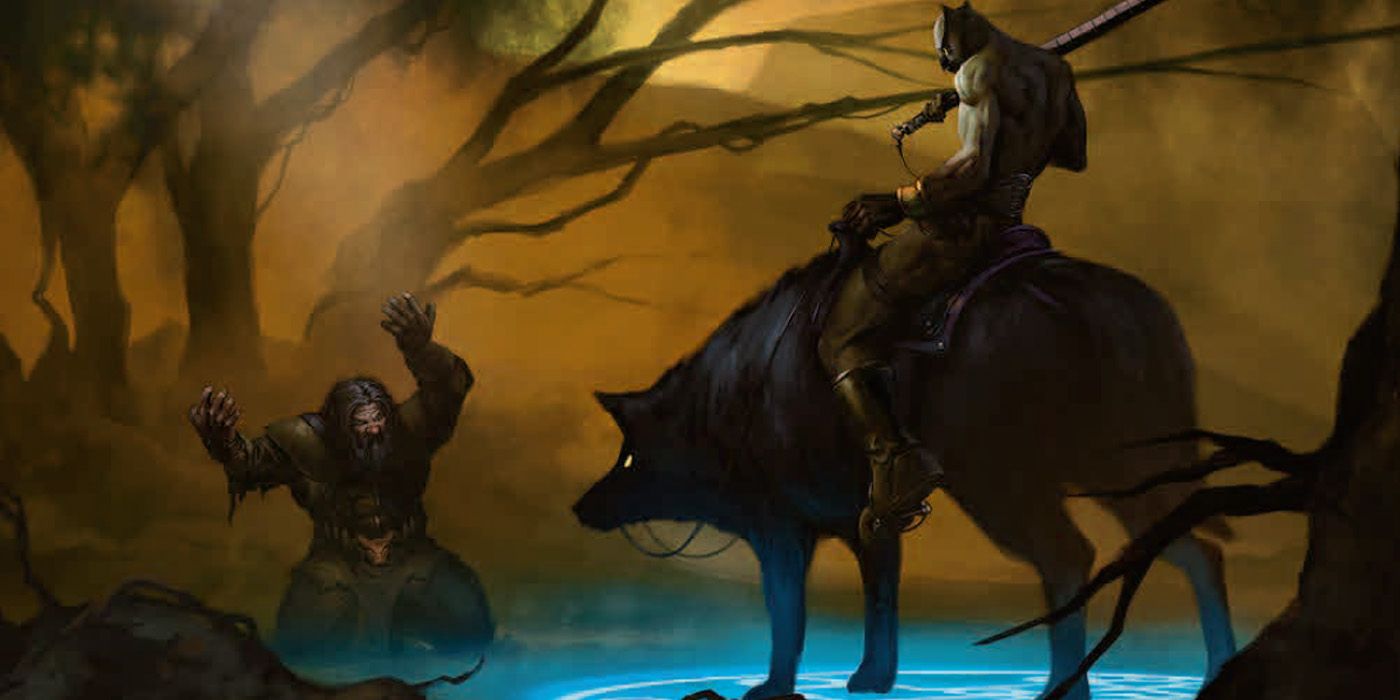
The Death Master allows players to command the undead, forcing them to do their bidding. Found in Dragon Compendium, players may want to try out this Class for both its flavor and utility options. Like the Wizard, the Death Master has Spellbooks that contain their various spells, but much of their other features supplement their ability to compel the undead to serve them.
Players with a knack for playing parody or funny characters could make their Death Master a stereotypical villain. Perhaps they can supplement their Death Master with a unique story of their own that explains their motivations to attain Lichdom.
1 Leave Alone: Battlemind
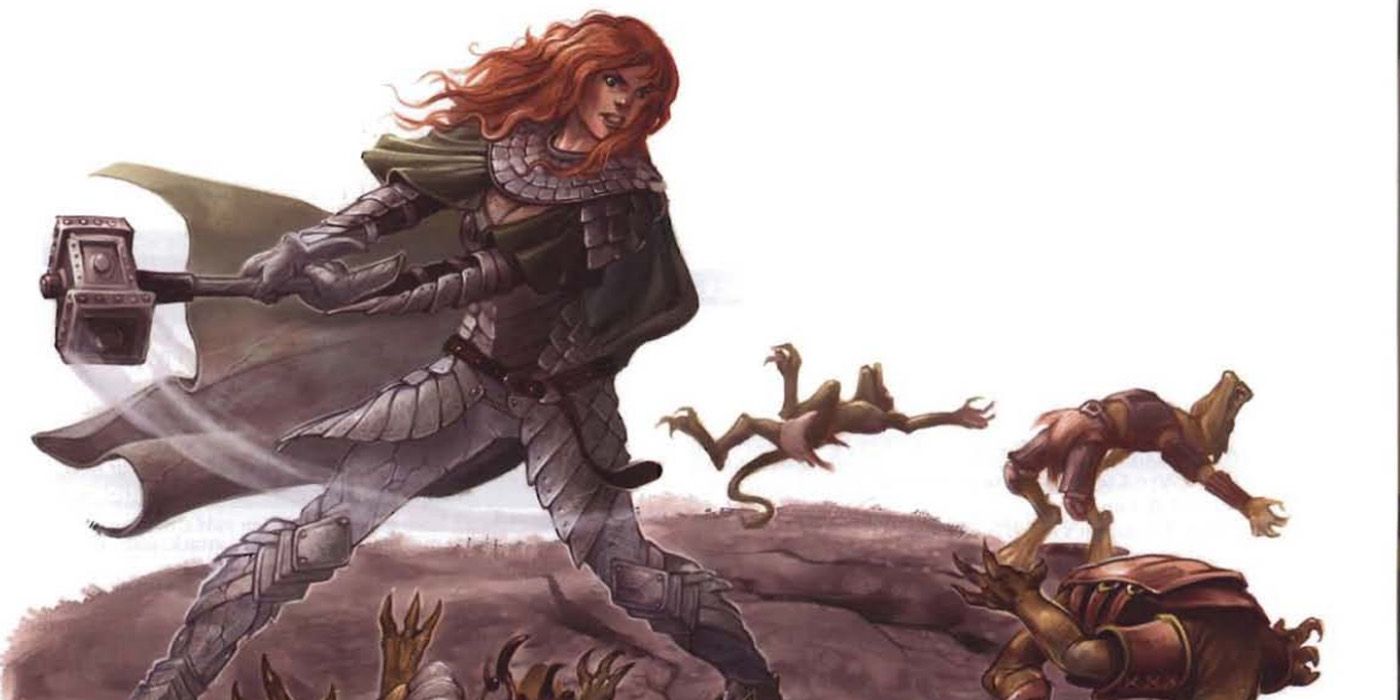
The Battlemind in D&D 4e serves as a Psionic Defender or a tanking role that relies on Psionic abilities. Found in Player's Handbook 3, the Battlemind has access to spells that let them travel short distances, take on aggro, or even bolster their allies' defenses. Interestingly, their Psionic abilities play well with other Psionic class offerings in PHB 3.
Unfortunately, the Battlemind doesn't seem to showcase enough versatility to be a full class in D&D 5e. In fact, some might argue the Battlemind might serve well as a class archetype. Should D&D 5e get access to Psionic-based characters, a Battlemind might become a great Fighter subclass.

Post a Comment